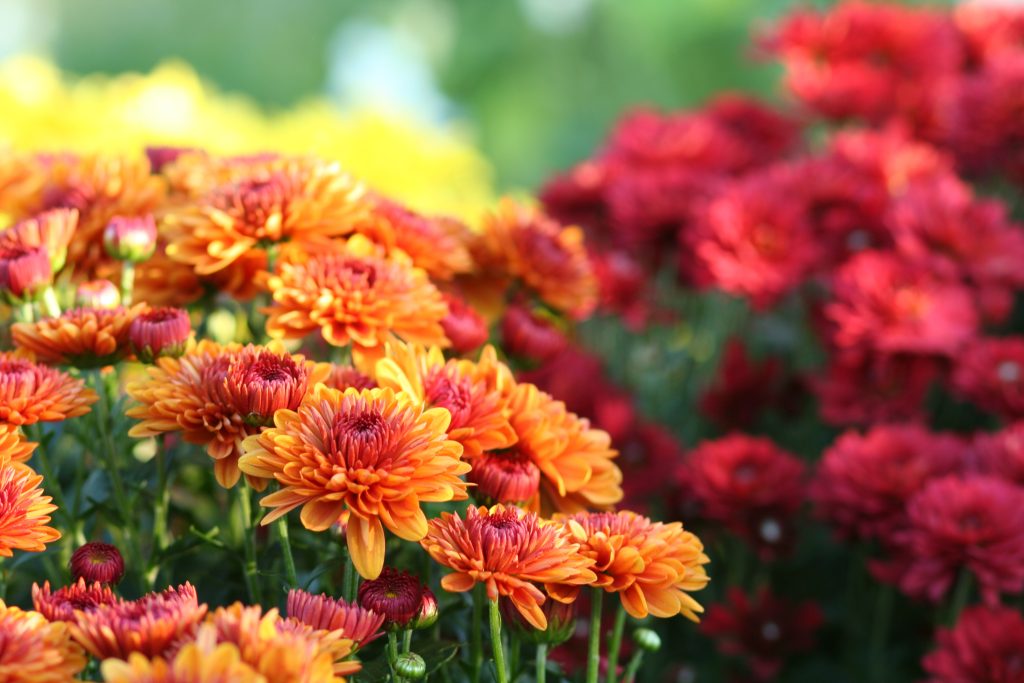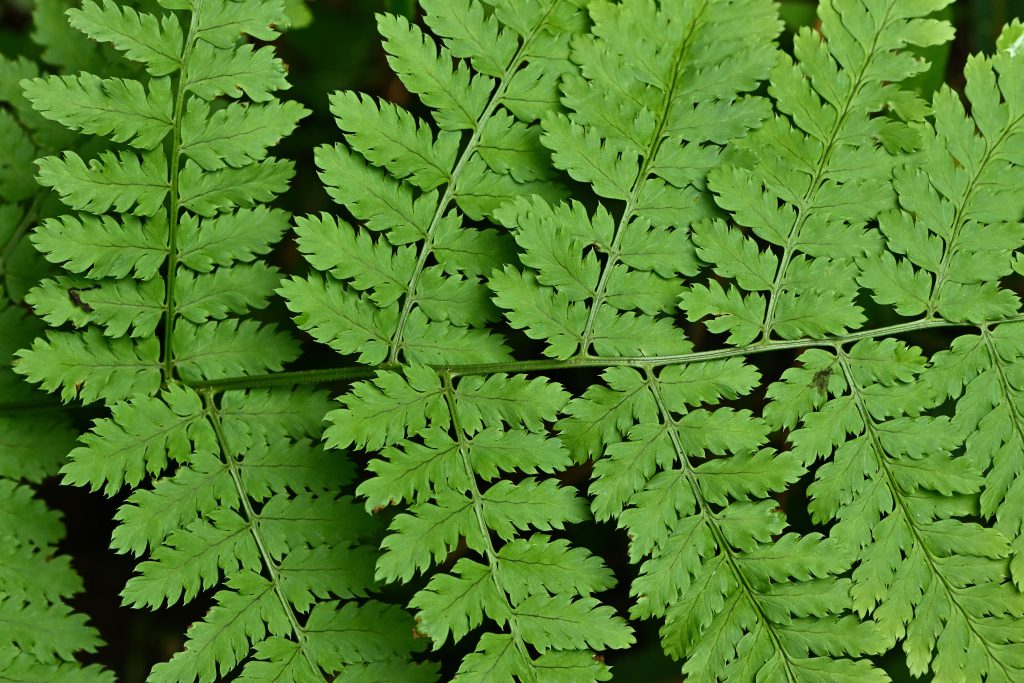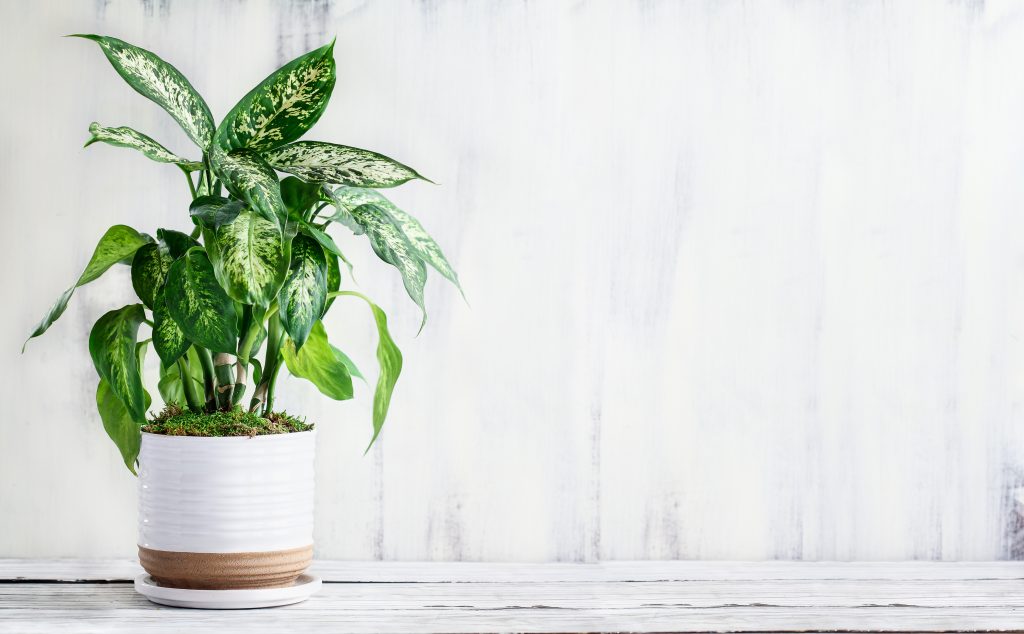10 Pet-Safe Plants
Plants are a great way to add color and serenity to your home, whether you want to brighten up a space or add a lively touch. But if you’re a pet owner, it’s critical to be aware of which plants pose a threat to your fur babies (yes, even well-trained pets) because some common household plants are toxic and extremely dangerous to animals.
Fortunately, there are plenty of equally beautiful and safe alternatives. When choosing greenery, avoid these 10 common houseplants and opt for pet-safe plants instead.
Lilies
These beautiful flowers are often associated with purity and renewal, but lilies are highly toxic to cats. Even ingesting a small amount of the pollen can be dangerous, potentially causing kidney failure and even death. Instead of lilies, we recommend an orchid. They’re enduring, stunning, and totally safe for pets.
Aloe Vera
Aloe vera is a sunburn savior known for its medicinal properties, but the plant can actually cause vomiting, diarrhea, fatigue, and harmful changes in urine if an animal ingests it. Aside from keeping the plant out of animal reach, you should never use aloe gel on your pets. For a similar, low-maintenance alternative, consider a Venus flytrap. Not only are they pet-safe plants, but they also eat annoying household pests.

Chrysanthemum
The bright fall plant is a pretty sight, but the flowers contain several toxic components that can be dangerous to pets if ingested. Zinnias are a much safer option for animals with just as much color.
Jade Plant
Jade plants are a fan favorite among the succulent family, but chewing on these leaves can cause vomiting, diarrhea, depression, and a loss of balance in your pets. If you’re still eyeing a succulent, haworthia and echeveria are much safer alternatives.
Daffodil
These white and yellow flowers are cheery to humans, but ingesting any part of the plant can trigger severe vomiting, abdominal pain, abnormal heart rhythm, and convulsions in your pets. For a safer, pet-friendly option, pansies and petunias are your best bet.

Emerald Fern
Commonly known as asparagus fern or foxtail fern, this plant is commonly potted in hanging greenery. They can be harmful, especially for cats that like to climb or hang on higher surfaces, as the leaves and berries can cause highly uncomfortable skin irritation. Ingesting the berries can also cause gastrointestinal upset, such as vomiting, diarrhea, and abdominal pain. Try a parlor palm for big, fluffy foliage that’s safer for pets.
Tulips
Tulips are part of the hyacinth family, which have toxic roots and bulbs that can cause severe vomiting, drooling, or burns to the mouths of dogs and cats. Alternatively, roses, sunflowers, or African violets are gorgeous pet-safe plants.
Snake Plants
Snake plants are common for indoor greenery thanks to their textured appearance and unique feathering, but the leaves can cause gastrointestinal symptoms when ingested, leading to vomiting, diarrhea, and dehydration. For a better, safer alternative, opt for a Chinese money plant.

Dumb Canes
Officially known as dieffenbachia, dumb canes can cause intense burning, vomiting, or excessive drool in animals when ingested. For a similar look, pick hoyas — the thick leaves and woody stems make them a lovely, pet-safe alternative.
Chinese Evergreen
The pink and green leaves of Chinese evergreens are exceptionally beautiful, but they also contain insoluble calcium oxalate crystals, which can cause painful gastrointestinal symptoms in animals. If you’re still hoping for something with color, no problem. Rattlesnake plants are just as beautiful, with a wavy glimmer of purple.
Are you using pet-safe cleaning products? Double-check and discover safer alternatives here.
© 2024 Texas Farm Bureau Insurance



